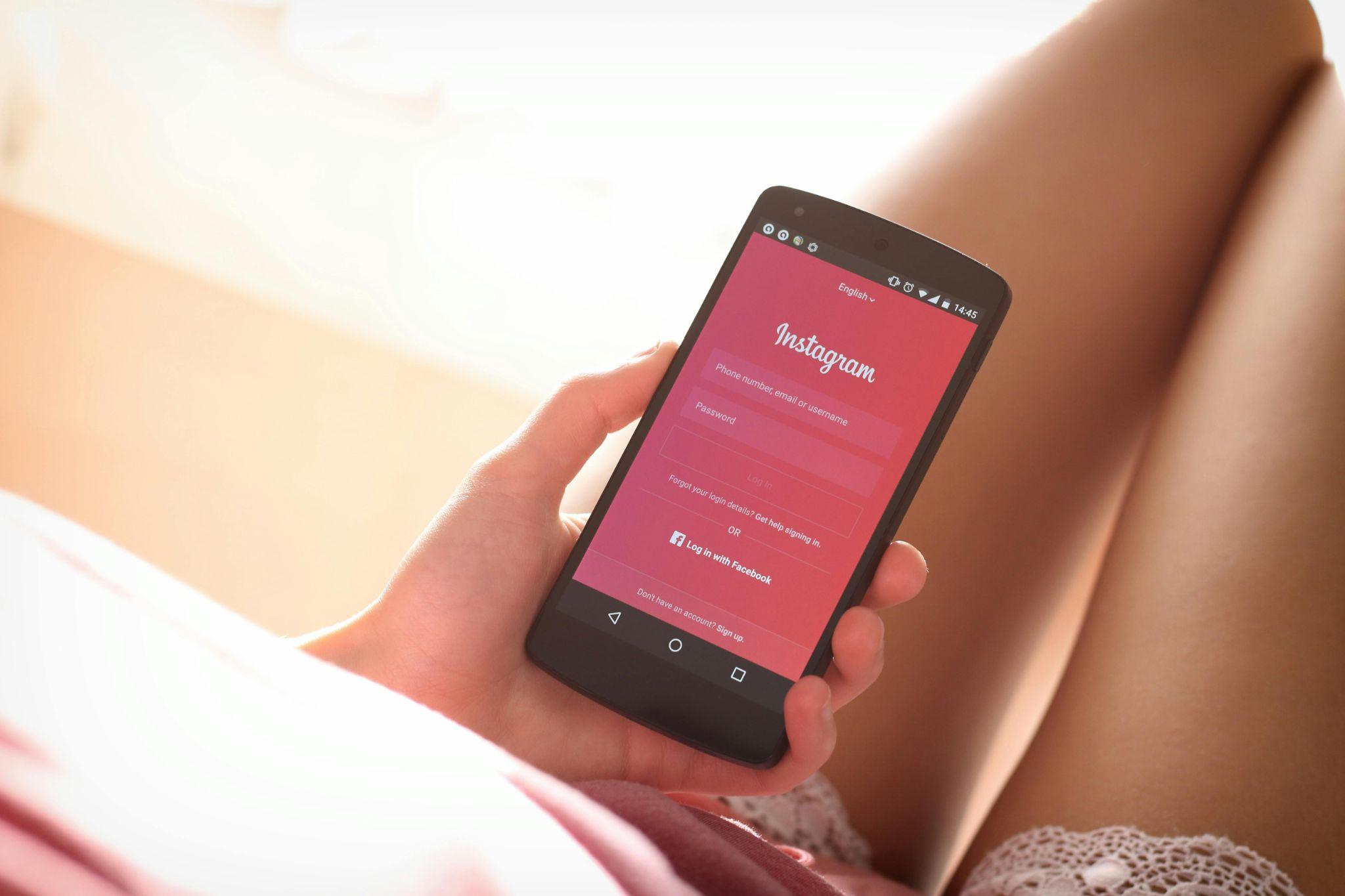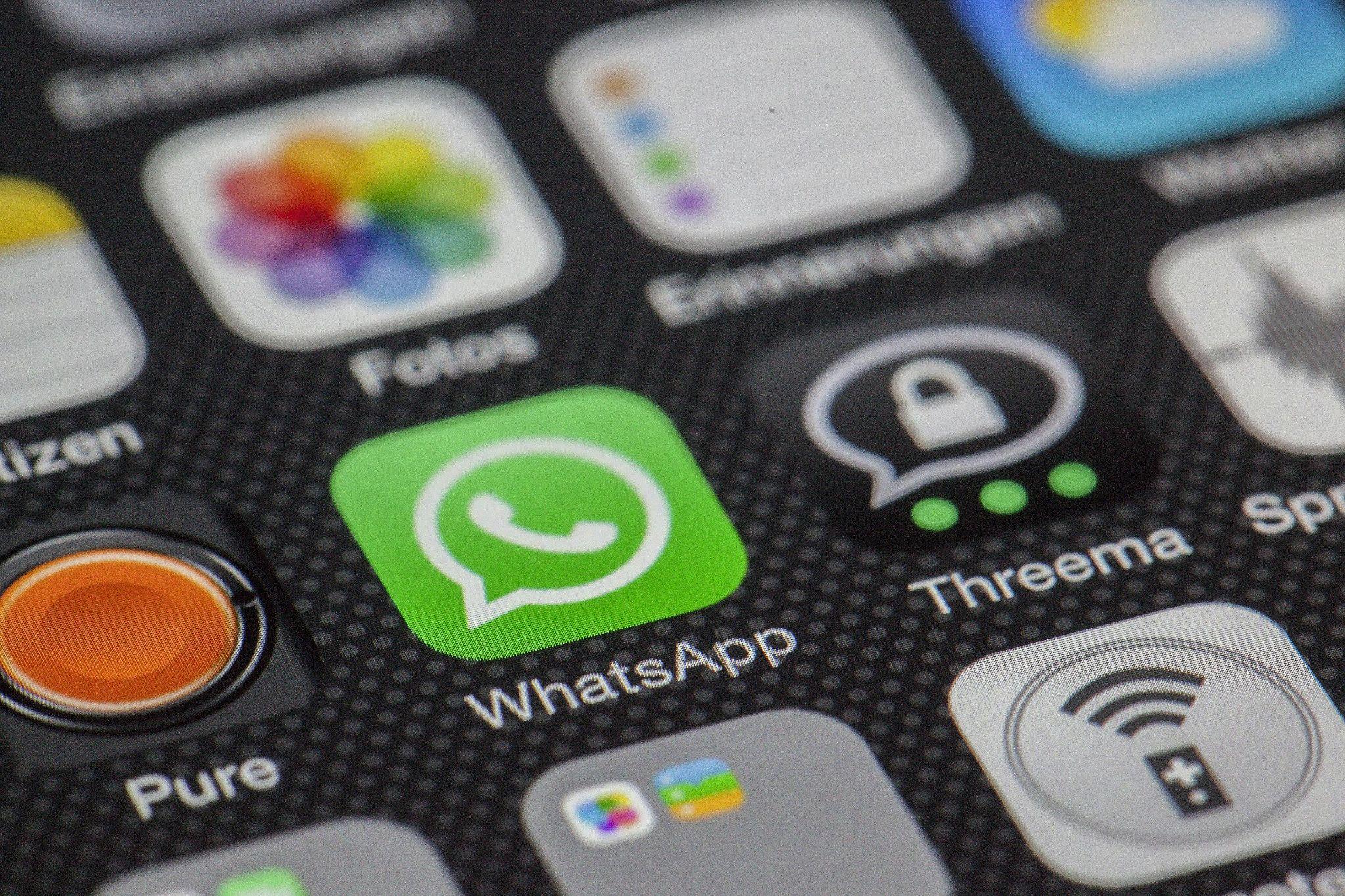The impact of social media on mental health has become one of the most pressing concerns of our digital age, with platforms like Instagram, TikTok, and Twitter fundamentally reshaping how we connect, communicate, and perceive ourselves. As social media usage continues to surge across all demographics—with over 4.8 billion users worldwide spending an average of 2.5 hours daily on these platforms—understanding the complex relationship between digital interaction and psychological well-being has never been more critical. According to the American Psychological Association, research reveals a nuanced picture where social media can serve as both a powerful tool for connection and support, as well as a significant risk factor for anxiety, depression, and other mental health challenges.
Positive Mental Health Effects of Social Media
While much attention focuses on the negative consequences of social media use, research consistently demonstrates that these platforms can provide substantial mental health benefits when used thoughtfully and purposefully.
Social Connection, Support & Self-Expression
Social media platforms create unprecedented opportunities for meaningful social connection, particularly for individuals who might otherwise experience isolation due to geographic, physical, or social barriers. These digital spaces foster a sense of belonging and enable authentic self-expression in ways that traditional face-to-face interactions may not accommodate:
- Reduced social isolation through access to like-minded communities and support networks
- Increased self-esteem via positive feedback and validation from peers
- Enhanced social capital through expanded networks and relationship-building opportunities
- Improved emotional expression by providing safe spaces for vulnerability and authenticity
- Greater social confidence as users practice communication skills in low-pressure environments
- Cultural connection for marginalized communities to find acceptance and shared experiences
Access to Resources and Coping Narratives
Social media serves as a vital information gateway for mental health resources, coping strategies, and peer-led support communities. The platforms facilitate access to professional help while normalizing conversations about mental health challenges through personal storytelling and shared experiences:
- Crisis intervention resources readily available through platform partnerships with mental health organizations
- Peer support networks where individuals share coping strategies and recovery stories
- Educational content from mental health professionals and advocacy organizations
- Papageno effect where positive recovery narratives inspire hope and help-seeking behavior
- Destigmatization of mental health issues through open discussion and awareness campaigns
- Professional networking connecting users with therapists, counselors, and support services
Negative Mental Health Risks Linked to Social Media Use

Despite its benefits, social media use carries significant psychological risks that can exacerbate existing mental health conditions or trigger new ones, particularly among vulnerable populations.
Anxiety, Depression & Psychological Distress
Extensive research demonstrates strong correlations between heavy social media use and increased rates of anxiety, depression, and psychological distress, with particularly concerning trends among adolescents and young adults:
| Usage Intensity | Depression Risk | Anxiety Symptoms | Self-Harm Ideation |
|---|---|---|---|
| Light (< 1 hour/day) | 13% increase | 8% increase | 5% increase |
| Moderate (1-3 hours/day) | 25% increase | 18% increase | 12% increase |
| Heavy (3-5 hours/day) | 45% increase | 35% increase | 28% increase |
| Excessive (> 5 hours/day) | 70% increase | 55% increase | 42% increase |
The mechanisms underlying these associations include dopamine dysregulation from constant notifications, disrupted sleep patterns, and the psychological stress of maintaining an online presence.
Social Comparison, FOMO & Body Image Pressure
Social media platforms create environments that naturally encourage upward social comparison, where users measure their lives against carefully curated highlight reels of others’ experiences. This phenomenon contributes to widespread body dissatisfaction and unrealistic lifestyle expectations:
- Fear of Missing Out (FOMO) drives compulsive checking behaviors and social anxiety
- Appearance-based comparisons fuel body dysmorphia and eating disorder behaviors
- Lifestyle envy creates financial stress and materialistic value shifts
- Achievement pressure from constant exposure to others’ successes and milestones
- Snapchat dysmorphia where filtered images distort self-perception and beauty standards
- Perfectionism as users feel pressure to maintain flawless online personas
Cyberbullying, Sleep Disruption & Addiction Patterns
The 24/7 nature of social media creates unprecedented opportunities for harassment while disrupting natural circadian rhythms and fostering addictive usage patterns:
- Cyberbullying exposure affects 37% of young users, with lasting psychological trauma
- Sleep disruption from blue light exposure and late-night scrolling behaviors
- Addiction-like symptoms including tolerance, withdrawal, and loss of control
- Attention fragmentation reducing focus and cognitive performance
- Reality distortion where online interactions replace face-to-face relationships
- Emotional numbing as users become desensitized to genuine human connection
Moderation Matters: Usage Patterns & Mental Well-Being
Research increasingly demonstrates that how we use social media matters more than simply how much time we spend on these platforms, with quality and intentionality playing crucial roles in determining mental health outcomes.
Optimal Use versus Excessive Engagement
Studies suggest a “sweet spot” for social media usage that maximizes benefits while minimizing psychological harm, typically falling within 1-3 hours of daily engagement when combined with purposeful usage strategies:
- Optimal duration: 1-2 hours daily associated with positive mood and social connection
- Moderate engagement: 2-3 hours manageable with strong offline relationships and activities
- Warning threshold: 3+ hours daily linked to increased anxiety and depression symptoms
- Excessive use: 5+ hours associated with significant mental health deterioration
- Quality indicators: Meaningful interactions, educational content, and supportive communities
- Protective factors: Regular breaks, diverse offline activities, and strong real-world relationships
Purposeful Use: Passive vs Active Engagement
The distinction between passive consumption and active participation significantly influences mental health outcomes, with research showing that meaningful engagement promotes well-being while mindless scrolling often exacerbates negative feelings:
| Engagement Type | Mental Health Impact | Examples |
|---|---|---|
| Active Positive | Improved mood, connection | Commenting supportively, sharing resources |
| Active Negative | Increased stress, conflict | Arguing, trolling, spreading negativity |
| Passive Positive | Neutral to slightly positive | Following inspiring accounts, learning content |
| Passive Negative | Depression, anxiety, FOMO | Endless scrolling, comparison-focused browsing |
Factors Influencing Individual Outcomes

Individual susceptibility to social media’s mental health effects varies significantly based on developmental stage, personality factors, and exposure to specific content types.
Developmental Stage: Teens vs Young Adults
Adolescents represent the most vulnerable population for social media-related mental health risks due to ongoing brain development and heightened sensitivity to peer approval:
- Neuroplasticity makes teenage brains more susceptible to addictive behaviors and reward system disruption
- Identity formation occurs largely through social comparison and peer validation during adolescence
- Risk-taking behaviors increase as teens seek social approval and test boundaries online
- Emotional regulation remains underdeveloped, making teens more reactive to online experiences
- Sleep needs are greater during adolescence, making screen-related sleep disruption particularly harmful
- Social hierarchy concerns peak during teenage years, amplifying comparison-related distress
Content Exposure: Harmful Trends & Misinformation
Algorithm-driven content can expose users to harmful material that significantly impacts mental health, particularly among impressionable young users:
- Pro-eating disorder content (“SkinnyTok”) normalizes dangerous weight loss behaviors
- Self-harm glorification through cutting, burning, and suicide ideation content
- Substance abuse promotion via glamorized drug and alcohol use
- Conspiracy theories that fuel anxiety and paranoia about health and safety
- Extreme political content that increases polarization and social stress
- Misinformation about mental health that discourages professional treatment seeking
Strategies to Mitigate Harm and Encourage Healthy Use
Proactive intervention at individual, family, and policy levels can significantly reduce social media’s negative mental health impacts while preserving its benefits.
Personal Habits: Time Limits, Digital Detox & Mindfulness
Individuals can implement evidence-based strategies to create healthier relationships with social media while maintaining its social and informational benefits:
- Set specific time boundaries using app timers and scheduled breaks from devices
- Create phone-free zones in bedrooms, dining areas, and during family time
- Practice mindful consumption by regularly questioning motivation for social media use
- Curate feeds intentionally by unfollowing accounts that trigger negative emotions
- Engage in regular digital detoxes with 24-48 hour breaks from all platforms
- Develop offline hobbies that provide fulfillment and reduce reliance on digital validation
Parental Guidance & Media Planning
Family-centered approaches prove most effective in helping young people develop healthy social media habits while maintaining open communication about online experiences:
- Device-free meal times to encourage face-to-face conversation and connection
- Bedtime boundaries with phones charging outside bedrooms to improve sleep quality
- Co-viewing and discussion of social media content to build critical thinking skills
- Modeling healthy usage by demonstrating balanced technology use as parents
- Regular check-ins about online experiences, friendships, and emotional well-being
- Education about algorithms and how platforms are designed to capture attention
Platform Responsibilities & Policy Measures
Regulatory intervention and platform accountability measures are increasingly necessary to protect public mental health, particularly for vulnerable populations. Research from the National Institute of Mental Health supports comprehensive policy approaches:
- Age verification systems to prevent underage access to potentially harmful content
- Algorithm transparency requirements for platforms to disclose content recommendation methods
- Mental health resource integration with crisis intervention tools and professional referrals
- Content moderation improvements targeting self-harm, eating disorders, and cyberbullying
- Data privacy protections preventing exploitation of user information for targeted advertising
- Research collaboration between platforms and independent scientists studying mental health impacts
Emerging Trends & Future Directions in Research
Evolving research priorities focus on algorithmic accountability, long-term health monitoring, and developing evidence-based intervention strategies.
Algorithmic Impact & Legal Developments
Legal accountability for platform algorithms represents a growing area of concern, with several high-profile cases challenging companies’ responsibility for user mental health outcomes:
- Algorithm lawsuits holding platforms responsible for promoting harmful content to vulnerable users
- Transparency requirements forcing companies to disclose how content recommendation systems work
- Bias auditing mandates to identify and correct discriminatory algorithmic outcomes
- User control features allowing individuals to customize their content exposure and recommendation settings
- Third-party oversight of platform policies and enforcement mechanisms
- International cooperation on digital platform regulation and user protection standards
Gaps in Research & Long-Term Monitoring
Research limitations currently prevent comprehensive understanding of social media’s long-term mental health impacts, highlighting critical areas for future investigation:
- Longitudinal studies tracking mental health outcomes over decades rather than months
- Diverse demographic research including underrepresented communities and global populations
- Causal mechanism identification moving beyond correlation to understand how social media affects mental health
- Intervention effectiveness testing which strategies most successfully reduce harm
- Individual difference factors identifying who is most susceptible to negative effects
- Emerging platform impacts studying new technologies like virtual reality and AI-driven content
Conclusion
The relationship between social media and mental health represents one of the most complex public health challenges of our time, requiring nuanced understanding rather than simplistic solutions. While these platforms offer unprecedented opportunities for connection, support, and self-expression, they also pose significant risks for anxiety, depression, and other mental health conditions, particularly among vulnerable populations. The key to harnessing social media’s benefits while minimizing its harms lies in purposeful, moderate use combined with robust support systems, digital literacy education, and comprehensive policy reform. As research continues to evolve, the focus must remain on developing evidence-based strategies that protect mental health while preserving the positive aspects of digital social connection. Success in this endeavor requires collaboration between individuals, families, platforms, and policymakers to create a digital environment that supports rather than undermines human psychological well-being.
